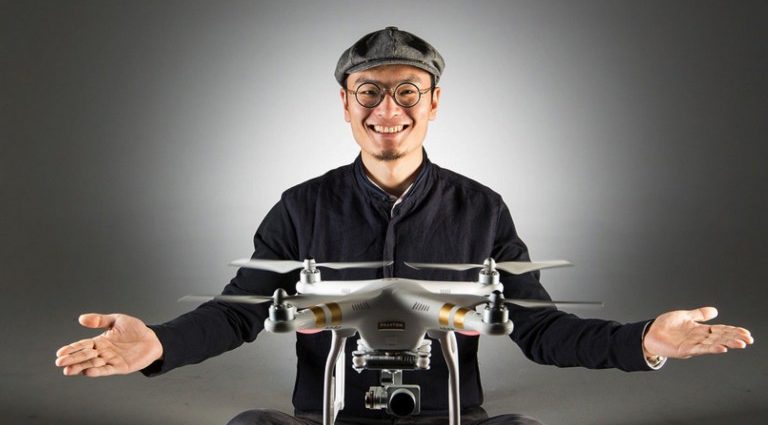China’s DJI, the world’s largest drone maker, has been accused by the United States of having ties with the Chinese army after its products were reportedly used by Russian troops to invade Ukraine.
On October 4, the United States Department of Defense (DoD) blacklisted 13 Chinese companies, including DJI, BGI Genomics and China State Construction Group, on the grounds that they are Chinese military companies operating in the US.
Chinese media said the DoD’s accusations were groundless and unreasonable as DJI’s products were not designed for military use.
The blacklist was announced after the US Treasury Department last December banned US-based persons from trading shares of DJI and some other Chinese companies over their alleged involvement in the surveillance of ethnic minority Uighurs in Xinjiang.
Since 2016, the US has expressed concerns that DJI might share data or even video footage from its drones with the Chinese government. In 2017, it started to investigate the matter.
In May 2018, the DoD ordered all its units to stop buying or using DJI drones. In December 2020, the US Commerce Department added DJI to its “entity” list, which restricted the Shenzhen-based company from buying US-made technology and parts. The entity list did not ban the sales of DJI drones in the US.
In June this year, a Chinese article said DJI had successfully maintained its US market share at above 70%, despite the intensifying sanctions imposed by the US.

The article said the US Navy and Air Force had in recent years defied the DoD’s order and purchased DJI drones as they were not satisfied with local brands such as Tiny Whoop, Ebee and 3DR Solo.
According to DroneAnalyst, DJI’s global market share fell to 54% last year from 69% in 2020. The second largest player was Autel with a 7% market share, followed by Skydio and Parrot, which held 3%.
“The Mavic quadcopter drone made by China’s DJI has become a true symbol of modern warfare,” Yuri Baluyevsky, a retired Russian army general, said in mid-August.
DJI clarified in a statement that all its products were designed for civilian purposes and are not made to meet the requirements of military operations.
A Zhejiang-based columnist said in an article on Friday (October 7) that it was possible that some DJI drones were used on battlefields in Ukraine as buyers had the right to use them anywhere or even modify them.
The columnist stressed that the fact that some DJI drones were used militarily showed that the products had high quality. He said China had never provided equipment and weapons to either side in the Russia-Ukraine conflict.
In fact, BBC reported in August that both Russian and Ukrainian troops had used some small and commercial drones, such as the DJI Mavic 3, on the battlefield this year. The Mavic 3 has a total flying distance of 30 kilometers and can remain in flight for 46 minutes.
Citing experts, the report said civilian-use drones face some drawbacks in combat as they can easily be interfered with by enemy signals and cannot be integrated into military systems. As small drones cannot carry weapons, they can only be used as telecommunication tools, the report said.
On the contrary, a Chinese article said in 2017 that in Iraq the terrorist group ISIS had transformed some DJI drones into mini-bombers that could drop grenades. Many of these drones were shot down by Iraqi soldiers with anti-drone rifles.

A Chinese military writer said in an article on September 19 that the PLA would not use DJI drones as they could not be compared with medium and large military drones in terms of speed and weapon capability.
He opined the TB-001, the PLA’s largest drone, could fly up to 35 hours and carry up to 24 missiles or bombs. He said DJI drones’ performance would not be able to meet the needs of the PLA on future battlefields, including in the Taiwan Strait or the Himalayan highlands of southwestern China.
Most Chinese columnists who commented agreed that China is lagging behind the US in terms of making large drones and pilotless planes. But they also believed that China’s dominance in the civilian drone markets would continue over the medium term.
Read: Huawei’s new chip supplier draws US attention
Follow Jeff Pao on Twitter at @jeffpao3

